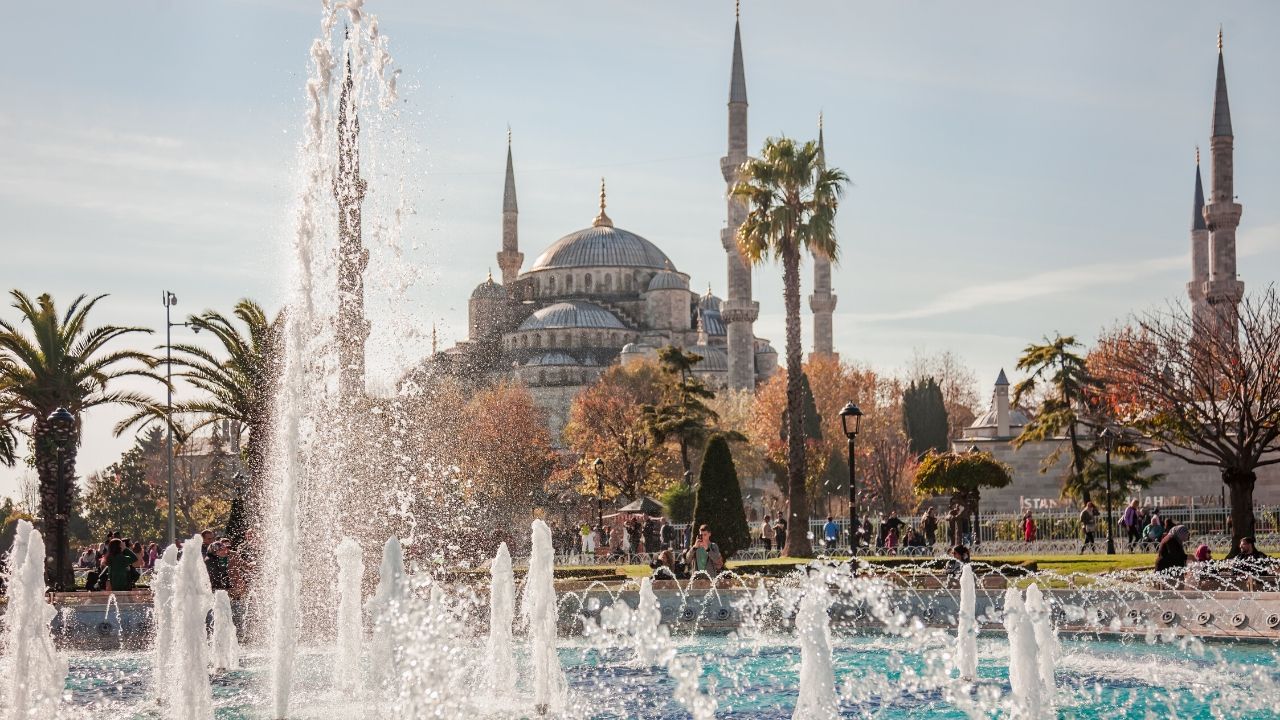Almost all the walls in Medellin, Colombia’s Provenza party district, were covered with the posters: “I’ll trade an Airbnb for a neighbor and a home.” “Medellín is not for sale — stop gentrification.” “Digital nomads, temporary colonizers.”
Ana Maria Valle Villegas, a resident who lives in one of the neighborhoods most affected by the large influx of digital nomads, was the one doing the flyposting. She spent a Friday afternoon in April putting up the posters throughout the neighborhood, sparking a discussion that ranged from angry local expats complaining about the posters’ resonance with the public on the Medellin Expats Facebook group, to Medellin Twitter, and even the opinion sections of regional newspapers.
“I live in a zone where rents have been going up, and we’ve seen renters asked to move out because landlords want to turn their properties into Airbnbs or let them to foreigners for an inflated value,” she told VICE. “Friends, family and myself, we’ve all experienced it.”

In Mexico City, residents are also expressing dissatisfaction with exorbitant rental prices, particularly in the areas popular among foreigners, often referred to as “gringos” – a term previously associated with Americans but now commonly used to describe white foreigners (specifically those who wear flip-flops, sombreros, and make misguided attempts at humor by not to speak Spanish).
The Mexican government launched a partnership with Airbnb and Unesco in late 2022 to market the city as a “global hub” for remote workers. Gonzalo Vazquez de Icaza, a lawyer and content producer who was born and raised in Mexico City, says this is a way for the government to raise money. “Money is coming into the country and it helps governments, especially local governments, so there is an economic benefit. But there’s certain zones in Mexico City where you can see a rental crisis, where people who had been renting for years have been pushed out by their landlords because renting their property out to a foreigner is more lucrative.”
In the last three years, rents in Mexico City have increased by about 30%, but in hotspots for digital nomads like La Condesa, they have increased by more than 60%. But the impact goes beyond rents or the price of a coffee cup. The city has a different sound.
Puerto Rico is particularly affected by this. Since 2012, when tax exemptions for non-Puerto Ricans were approved, the island has experienced gentrification. Locals claim that the influx of digital nomads has only exacerbated the situation.
The northern coastal community of Rincón, now informally known as Grincón (a combination of gringo and rincón), is a prime example of the digital nomad effect. Because of its reputation as a surfing mecca, Rincón has been visited by gringos for years; yet the digital nomads have only exacerbated the gringo-fication of the town.
This phenomenon has not only been on the rise in Central and South America but also across the globe. Destinations such as Lisbon, Barcelona, Bali, and numerous other major digital nomad hotspots are experiencing a remarkable surge following the shift towards remote work prompted by the pandemic.
The post Digital Nomads Are The New Gentrifiers Aka Temporary Colonizers Of The Affordable Places appeared first on Traveling Lifestyle.
-----------------------------
By: Viktor Vincej
Title: Digital Nomads Are The New Gentrifiers Aka Temporary Colonizers Of The Affordable Places
Sourced From: www.travelinglifestyle.net/digital-nomads-are-the-new-gentrifiers-aka-temporary-colonizers-of-the-affordable-places/
Published Date: Tue, 23 May 2023 11:29:18 +0000
Read More
Did you miss our previous article...
https://carefreevoyage.com/digital-nomads/top-6-us-glamping-retreats-to-experience-in-summer-2023
 Privacy PolicyTerms And Conditions
Privacy PolicyTerms And Conditions
